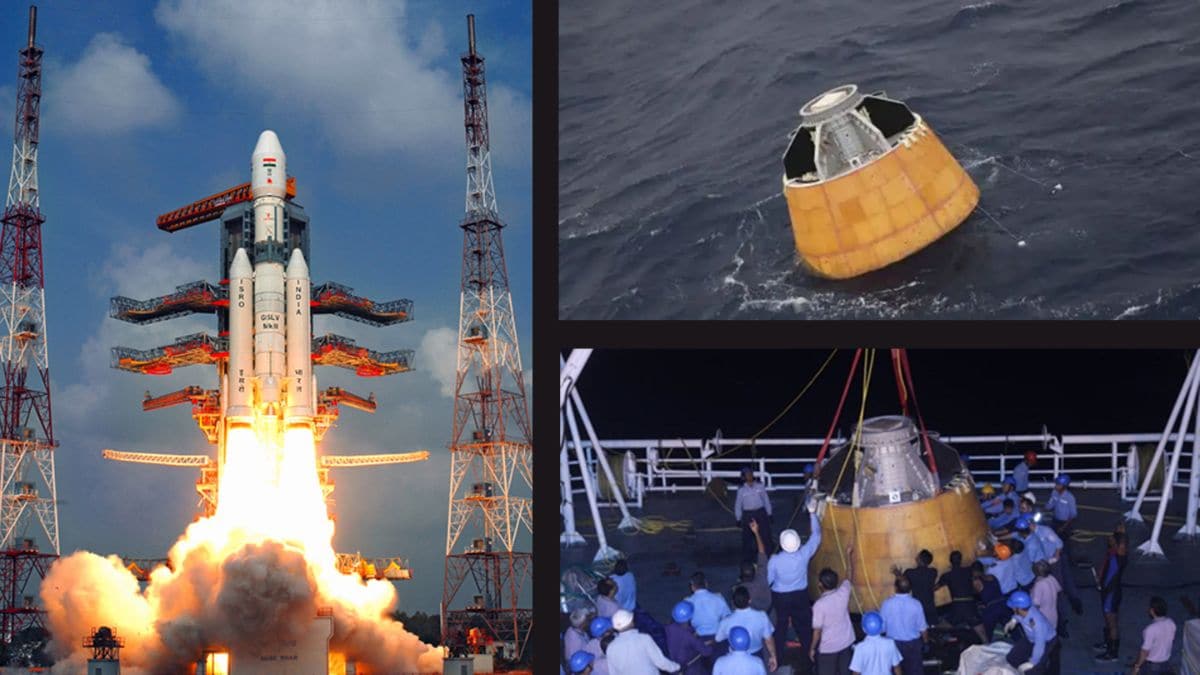Video of a crucial test for its crewed Gaganyaan mission has been made public by India's space agency. A drogue parachute is seen in footage launching from a test capsule on a rail sled propelled by a rocket at a high speed. The Gaganyaan crew module is intended to be stabilized and slowed during re-entry by the conical ribbon parachute, which is 5.8 meters wide and packed in a mortar. These tests were carried out by ISRO at its Rail Track Rocket Sled (RTRS) facility in Chandigarh in August 2023. An important step toward India's first crewed spaceflight has been reached with the successful trial.
Rocket-sled parachute trials
According to ISRO, at the Terminal Ballistics Research Laboratory in Chandigarh, ISRO engineers at the Vikram Sarabhai Space Centre (VSSC) tested the deployment of drogue parachutes using a rocket-powered sled from August 8 to August 10, 2023. In order to test whether mortar-packed conical ribbon parachutes (5.8 m in diameter) would open properly and slow the capsule, they were launched at high speed.
The parachutes were tested by engineers in three different scenarios: fully opened (also known as "disreefed"), partially deployed (also known as "reefed"), and at a steep angle that mimicked re-entry. Every trial was successful, marking a crucial qualifying milestone for the parachute system of the Gaganyaan crew module.
Next steps
Gaganyaan is expected to carry a three-person crew to about 400 km altitude for a multi-day orbit, with a splashdown landing in Indian waters. ISRO has already practised capsule recovery with the Indian Navy.
Two uncrewed demonstration flights are planned (in late 2023 and early 2024) to validate the crewed capsule and the launch vehicle.A crewed Gaganyaan launch could follow soon after, making India only the fourth country (after the US, Russia and China) with indigenous human launch capability.

Comments
Post a Comment